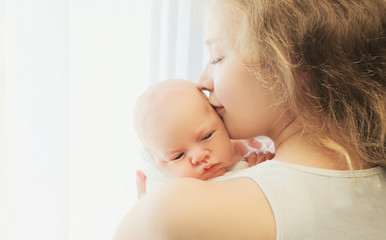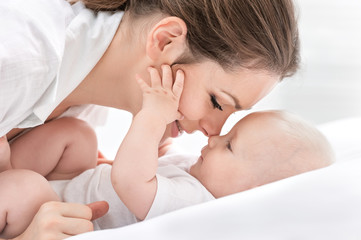IVF is in vitro fertilization — the most advanced form of fertility treatment where embryos are fertilized outside the body by combining eggs and sperm in a laboratory.
Embryos grow inside incubators designed to closely mimic the environment inside a woman’s fallopian tubes in the uterus.
After growing in vitro, the best embryo can be selected to transfer back to the uterus with a high chance of pregnancy.



